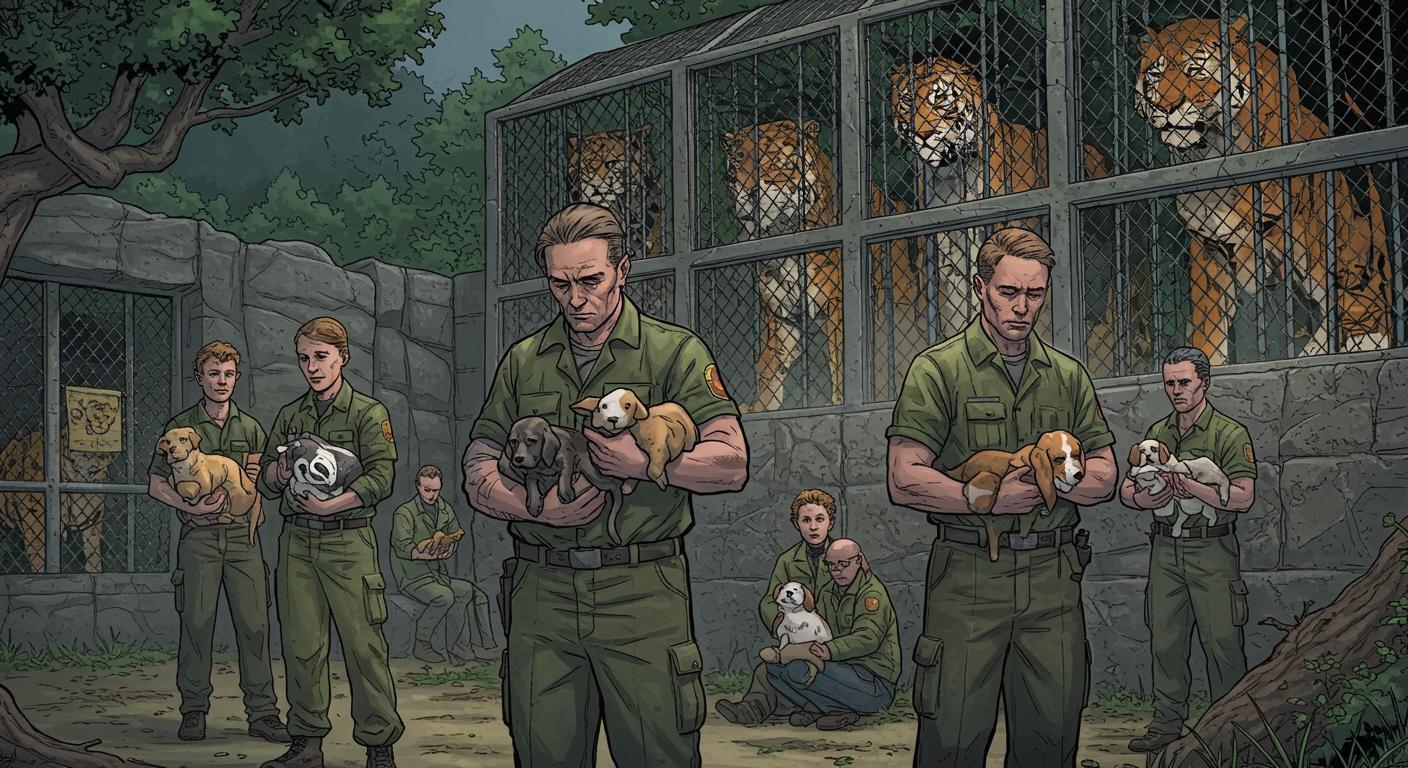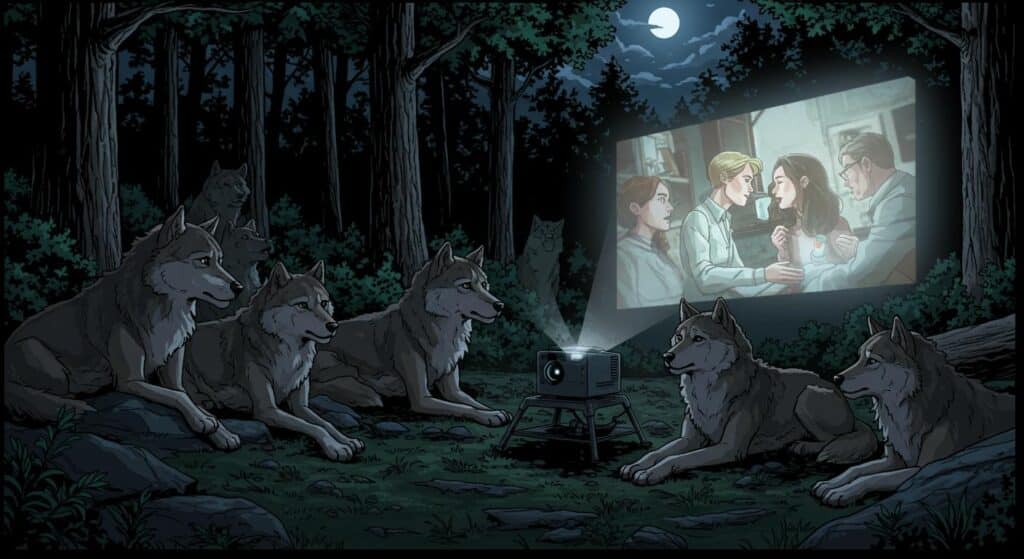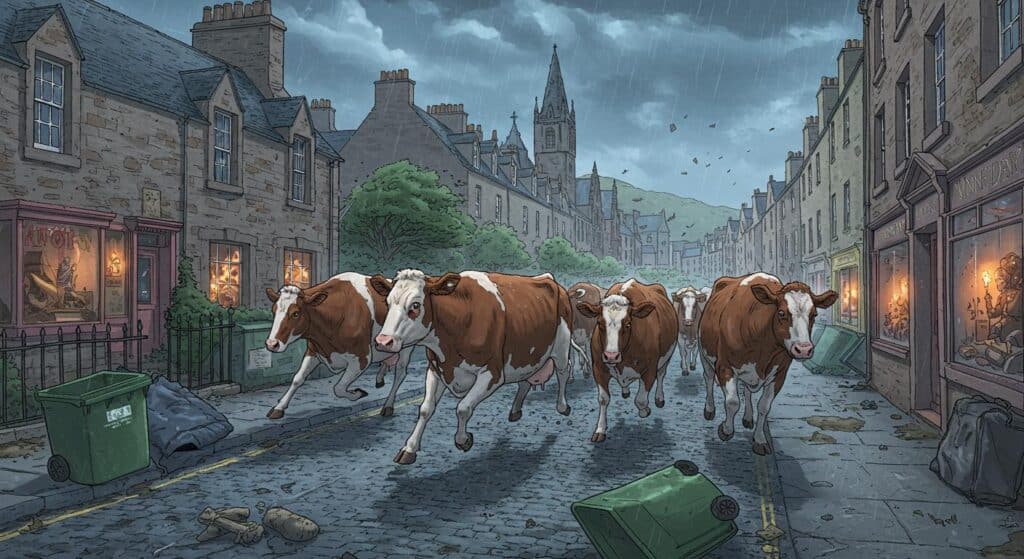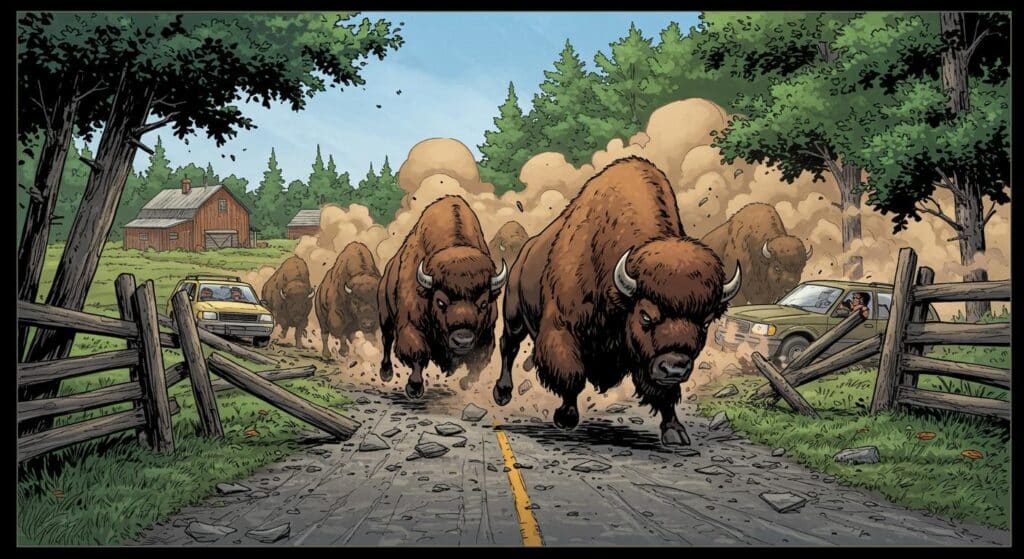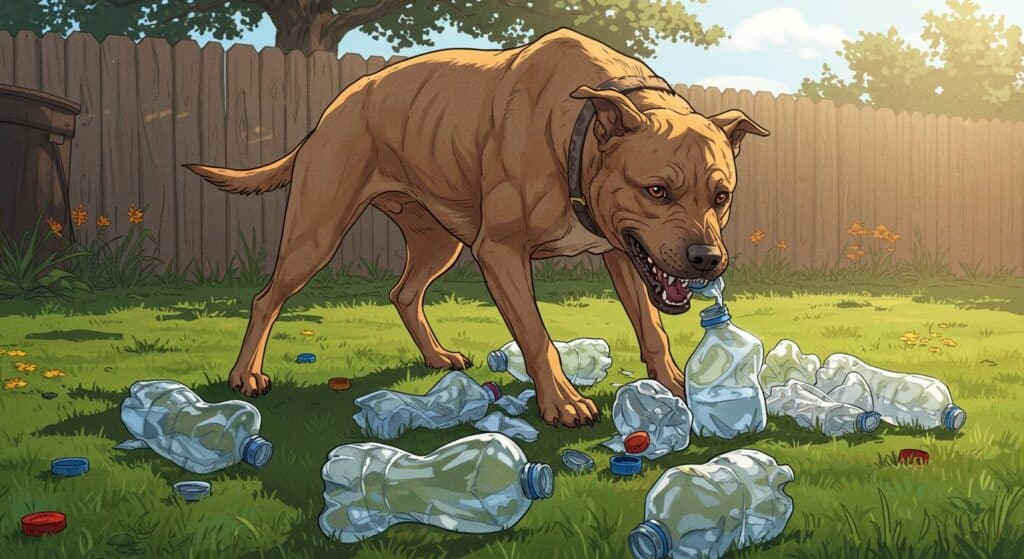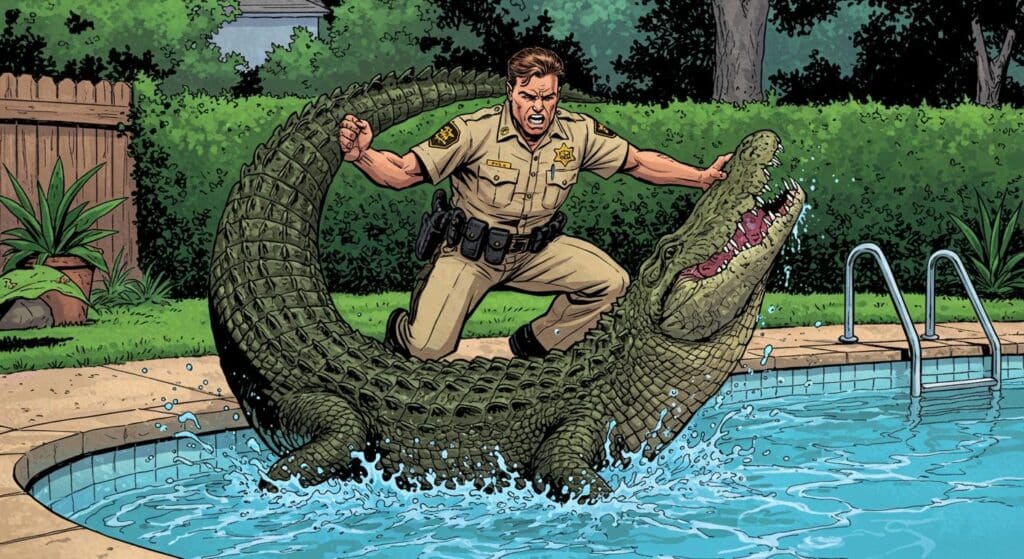The latest candidate for the “wait, did I read that right?” files: in Denmark, Aalborg Zoo is seeking public donations—not of funds, but of family pets. And this isn’t a translation hiccup. According to an account by NewsNation, the northern Danish zoo has issued an open invitation to people with unwanted small pets: guinea pigs, rabbits, chickens, or even horses, if you’re looking to make a statement. These animals, once received, will be “gently euthanized” by trained staff before serving as meals for captive predators—think lions, wildcats, and their carnivorous zoo colleagues.
Feeding the Food Chain—Literally
This proposal, detailed in a Facebook post described by both outlets, is rooted in what the zoo frames as a commitment to animal welfare and “professional integrity.” The justification, according to ABC News, is that replicating natural hunting and feeding scenarios better supports the psychological and nutritional needs of the predators housed there, promoting authentic behaviors. “That way, nothing goes to waste—and we ensure natural behavior, nutrition and well-being of our predators,” the zoo explained in its call for donations, a point highlighted by the wire reports.
There are some boundaries, even in Denmark. Officials explained to ABC News that only certain animals are being accepted: guinea pigs, rabbits, chickens, with a note on the website that horses are also on the menu. Parakeets and iguanas, it would seem, are safe for now. Both sources indicate that the offer applies only to healthy animals, not sick or dying pets—apparently even a lion’s lunch can be too far gone.
Ethical Clarity or Cognitive Dissonance?
The plan may surprise, but it lands within a long-running Danish tradition of zoos tackling “the circle of life” with minimal sugar-coating. As outlined in NewsNation’s report, Denmark’s zoos have previously sparked international debate with public dissections and feeding events designed to demystify natural processes for the public. Aalborg’s straightforward approach—no euphemism-laden brochures, just an open call for surplus rabbits—is almost mundane in this local context.
Nevertheless, one has to wonder about the reception outside Scandinavia. While the zoo stresses, as ABC News documents, that any donated animal will be euthanized professionally and not tossed into an exhibit for live hunting, the notion inevitably clashes with the sensibilities of those for whom pets are practically fur children. Is facilitating this “ecological journey” for Mr. Whiskers a moment of comfort or existential discomfort?
Nothing Goes to Waste
In their public messaging, described in both reports, Aalborg Zoo frames the move as plain, practical sustainability. Their post emphasizes efficiency: no waste, just an honest embrace of nature’s cycles. Wild carnivores seldom subsist on ground beef alone, and their captive kin reportedly benefit from being fed in ways that engage their instincts and teeth alike. As previously noted by NewsNation, the zoo’s call is accompanied by the image of a wildcat baring its teeth—a subtle reminder of where those whiskered friends may ultimately fit within the food web.
But the everyday reality is less cinematic. Does the Danish family on the way to drop off a spare rabbit discuss the finer points of ecological enrichment, or offer a polite variation on “going to a better place”—one with very big cats? Some questions are best left floating.
Summary: Recycling, the Wild Way
So, is Aalborg Zoo’s project an act of ethical clarity or a collision with sentimental taboo? The move offers a near-textbook example of Denmark’s practical environmental ethos: no pretense, just a recognition that nature rarely aligns with our carefully constructed comfort zones. At the end of the day, one region’s demonstration of professional animal care could be another’s case for therapy. Does this program point toward eco-conscious resourcefulness, or does it cross a line drawn mostly by habit and heartstrings? Evidently, the answer depends—like so many things in the animal kingdom—on perspective.

